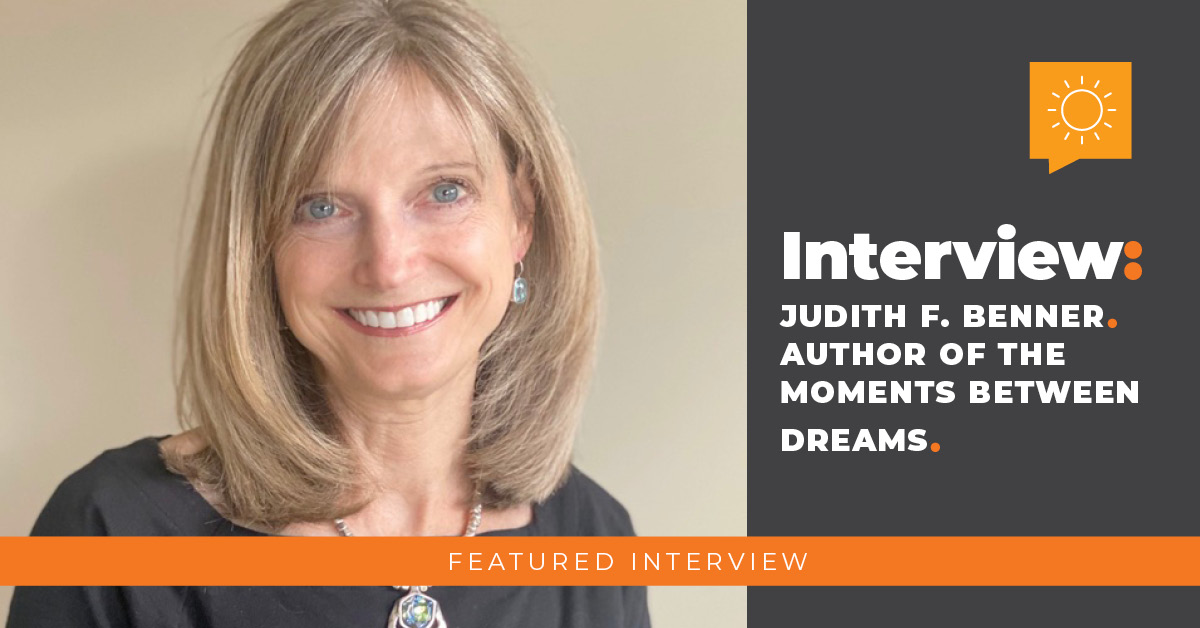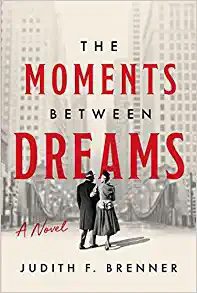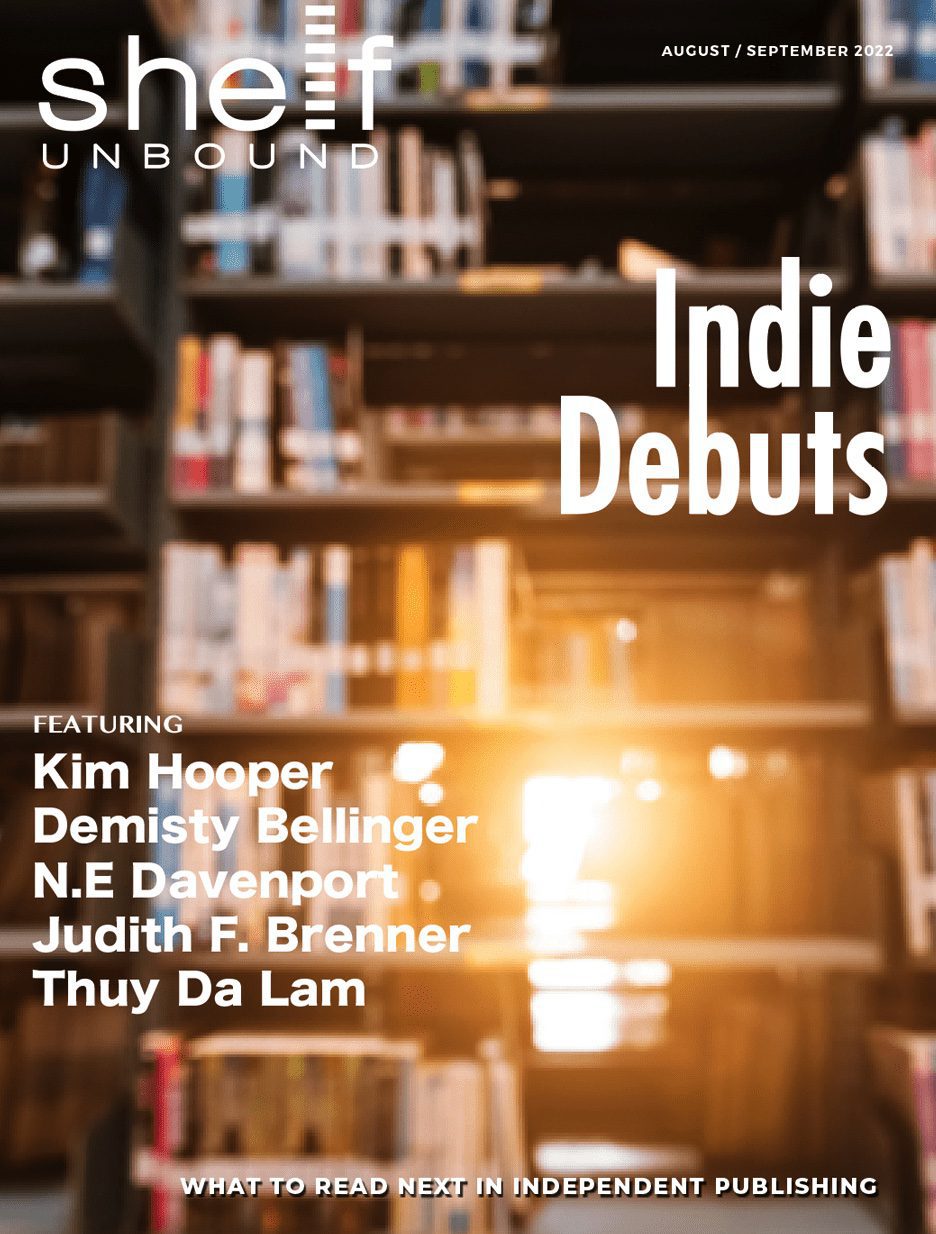On Her Debut Novel The Moments Between Dreams.
By Michele Mathews

On May 17, Judith Brenner released her first fiction novel called The Moments Between Dreams. In a recent interview, I learned more about Judith and the inspiration behind her historical fiction novel.
Tell us about yourself.
JB: I’m a Chicago native who started a career in journalism at ABC Cap Cities for a few trade publications before switching to public relations in the healthcare field. Before becoming a mother of two daughters, I did global PR for a Fortune 500 company. Traveling internationally was a highlight, having visited Bangkok, Belgium, London, Italy, and Amsterdam. Motherhood called me home to launch a freelance editing company so that I could set my own hours and write or edit while the girls were in school.
You’ve written nonfiction books and essays. Would you share some details?
JB: I was lucky to have essays published on topics that disturbed or challenged me, and I thought others could relate. For example, I’ve written about watching your child not make a sports team called “The Tryout Blues;” my disappointment in the essay, “When Friends Cancel, Eat Quiche;” and “Giving Up a Career for Motherhood,” when confronted with raised eyebrows for my choice to push my girls on swings rather push publicity for a company. I leaned on my metallurgy knowledge from past trade journalism to take on publishing Sharpeners Report, a national entrepreneur media company where I produced five books on how to sharpen blades, from beauty/barber and pet grooming tools to woodworking tools. I met men and women at trade shows who have a passion for this. They keep their community businesses and residents’ tools sharp so they are more productive. Life is never dull!
The Moments Between Dreams is a fiction novel. What is it like switching from nonfiction writing?
JB: The foundation of writing fiction came with classes in undergrad school, then later at the Loft Literary Center in Minneapolis and Iowa University’s Mini-MFA workshop program. I waited to tackle fiction so that I could tap into my experience after better understanding the human condition. Storytelling is best for me as a fiction writer when I can channel personal experience onto the page, exaggerating emotions I’ve had—joy, anger, fear, and concern—and write entertaining prose inspired by kernels of truth.
Describe your writing process.
JB: To avoid procrastination, I block out time on my calendar. I re-read where I left off, asking myself, how can this be stronger and shorter? Verbose passages may get highlighted, then smacked with the delete key. When I’m unsure, I’ll save a scene in a document called “Chapter X Cuts.” Next, it’s time to create, writing fast and editing later. I also meet monthly with a writing group, sharing a few pages for a critique by beta readers. The next week, if I get stuck about what happens next in a scene, I’ll take a long bike ride and, perhaps like an actor, allow myself to become my character. What would he/she do next? Plotting while cycling or weeding the garden has worked for me.
Tell us how your mother’s polio experience inspired you.
JB: As a child, I heard all about my mom’s surgeries during her childhood, starting at age six. She wanted others to know her struggles and how lucky we are to be born in an era of vaccines for the poliovirus. I carefully researched medical treatments provided in the 1940s that correlated with my mother’s memories. The character Ellie struggles to get around, reflecting times when my mom had to learn to walk again and again after summer surgeries moved muscles and tendons in her limbs. She spent many summers in casts sitting on her porch, watching others play.
I also observed my mom being discriminated against when she applied for jobs in Chicago. People would stare at her limping gait. Our church didn’t construct a ramp once she was wheelchair bound, forcing her to pray at home. I wanted my novel to show how tough it was to get around snowy streets with curbs or no railings on steps before the federal government passed the Americans Disability Act.
Domestic violence is so prevalent in today’s society. Why did you decide to incorporate this topic into The Moments Between Dreams?
JB: My grandmother had a terrible marriage, which was revealed when I asked her what it was like to raise a child with polio. Her stories always started with something sad that had more to do with her controlling spouse. She wasn’t specific, but knowing she could not drive or wear makeup when my grandfather was living was so maddening to me, I started noticing women’s rights issues and became more cognizant of news reports about jealous lovers killing their ex partners. True crime TV shows, like Forensic Files, often depict death by intimate partner violence. In college, when I dated a man with a temper, it was a red flag, and I broke it off. I was forced to find a new set of friends to avoid confrontation. Much later in life, I accompanied a friend for safety reasons when she had to meet a spouse to drop off paperwork related to their split. After the divorce, she left the state to seek safety with family. Another friend has a spouse who carries a gun who is often unnecessarily angry with her, and it spooks both of us, so we check in often. My congregation posts signs on the back of bathroom stalls noting a domestic violence hotline to call. To me, this outreach is all too secret, pushing forward a stigma of shame, and I wanted to bring the topic into the light, make it normal to check in with people if you see an unexplained injury.
How much research did you do for the novel?
JB: I spent weeks gathering statistics of historic and current polio cases, reading archives of the Chicago Tribune, and gathering military records of my grandfather to understand how to write about Navy terminology and the WWII draft. I also read books about polio and the treatments and a nonfiction book by Rachel Louise Snyder, No Visible Bruises. I followed a private group with permission where women post about leaving abusive relationships. Some couldn’t leave because of custody battles over the children and financial complications. I attended webinars by government county advocates and the National Coalition Against Domestic Violence (NCADV) to understand current trends and resources.
How does it feel to have published your first novel?
JB: Fantastic! It’s rewarding to see The Moments Between Dreams novel on shelves at bookstores and at Strand, a bookstore inside Terminal B at New York’s LaGuardia Airport. There is also an ebook and audiobook. I’m thrilled readers or listeners will know certain common issues in the past are still present today. People faced fear of a virus, didn’t understand how it spread initially, didn’t have a treatment at first, and don’t always know what goes on behind closed doors in a family. We need to talk about these fears unashamed. I am hopeful this book allows people to start conversations.
What plans do you have for more fiction novels?
JB: I’m excited to have started one with the working title, The Music Between Dreams, a sequel with the character Ellie becoming a folk singer in the 1960s. Her mother Carol and Sam and brother Tom will have cameo appearances. The protagonist, Ellie, gains early success as a singer with a wide fan base similar to Joni Mitchell, who had polio, only Ellie is going to be taking some risks to make it big that threaten to sideline her career and may put her in a wheelchair for life. Vocal fans of her albums and the paparazzi will add joy and complications to the story. Separately, I have an idea to write a young adult novel that will help girls and boys notice abusive red flags and embark on healthy relationships. I also hope to dust off my children’s books and get them out into the world!

The Moments Between Dreams
A story of hope, courage, and perseverance
Carol misses red flags about Joe’s need for control before she marries him, dashing her dreams for herself and her family. Trouble escalates after their daughter Ellie is paralyzed by the polio virus and Joe returns from WWII. Carol realizes how brutal waking life can be, and she conceals bruises and protects her children the best she can.
The Moments Between Dreams is a captivating story of a 1940s housewife who conforms to the rulebook of society until Joe pushes her too far. His constant intimidation shrinks Carol’s confidence while she tries to boost Ellie’s. Church-going neighbors in Carol’s tight-knit Polish community are complacent, but Sam, a handsome reporter, stirs up Carol’s zest for life. Despite impossible circumstances, Carol plans a secret escape. Along a risky path, she empowers her daughter to know no limits and teaches her son to stop the cycle of violence and gender discrimination.

[cm_page_title title=”Continue Reading” subtitle=” Shelf Unbound”]
Article originally Published in the August / September 2022 Issue: Indie Debuts.
